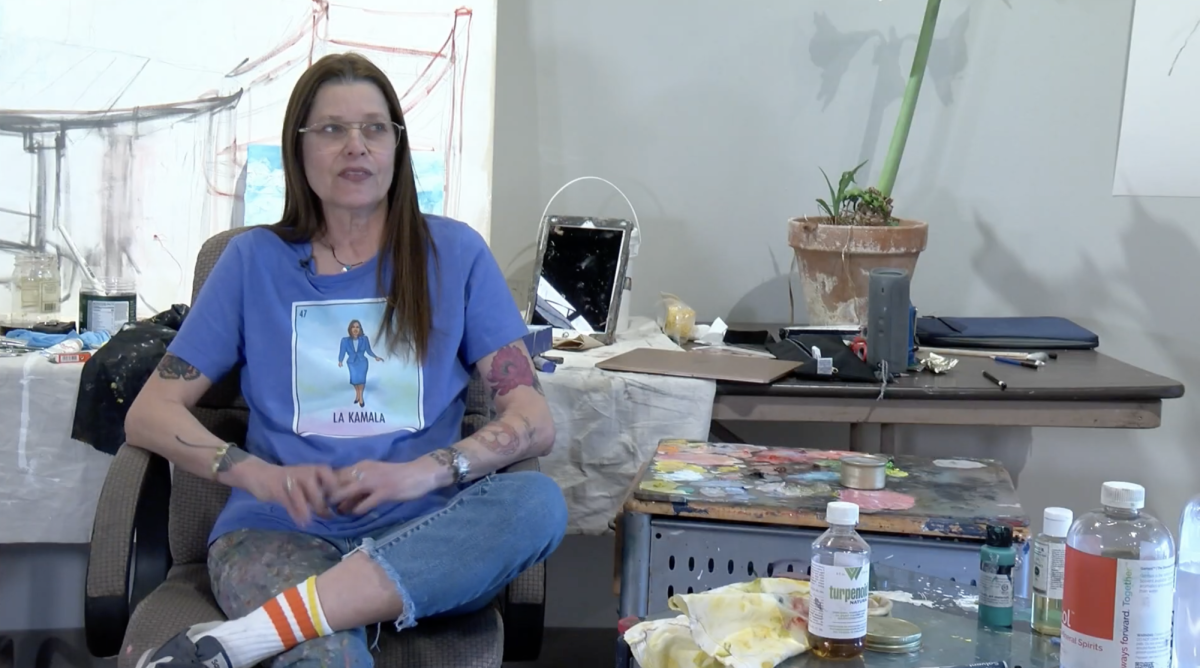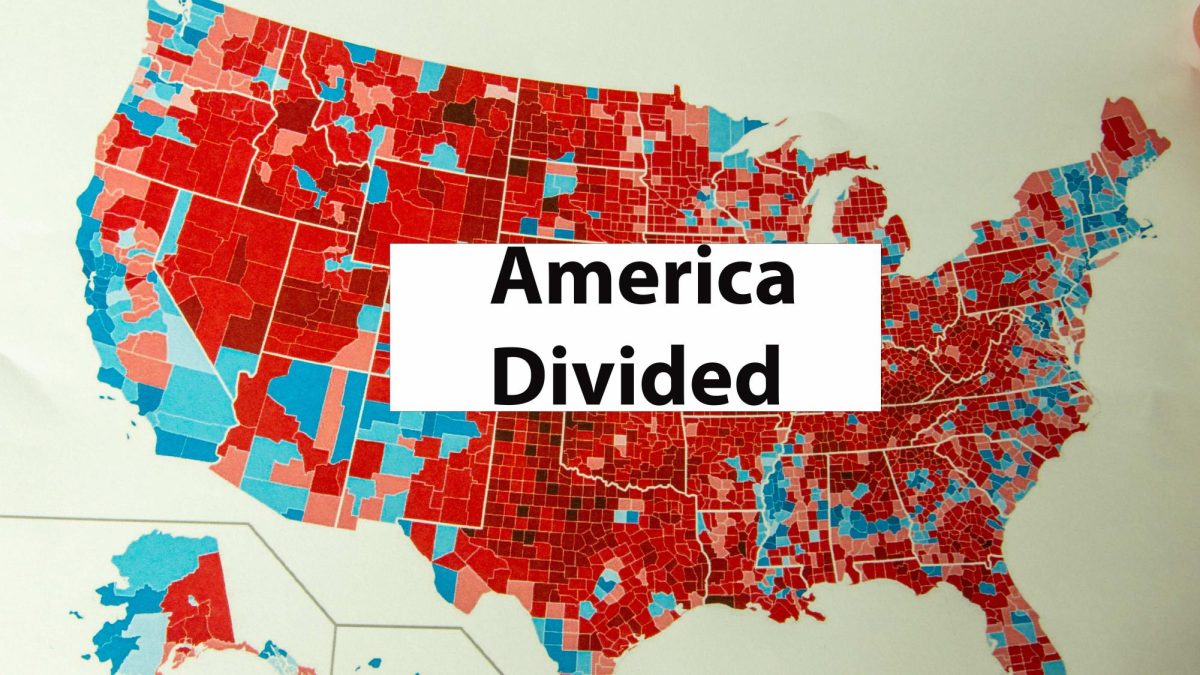Bri Funte | Staff Writer
 To some, the recent smartphone craze known as Snapchat is another means of communication with a realistic twist; however, the focus of its creation is a contradiction to many other social media apps.
To some, the recent smartphone craze known as Snapchat is another means of communication with a realistic twist; however, the focus of its creation is a contradiction to many other social media apps.
Snapchat was founded by Evan Spiegel and Bobby Murphy and was released in September of 2011. Originally created as a design project at Stanford University, this image-based app has grown in popularity among the public, so much so that an average of 30 million ‘snaps’ are sent daily.
The idea is simple. After downloading the app, users send photos called ‘snaps’ to their friends. The catch is that the image can only be seen for 1-10 seconds, a restriction selected by the sender, then is deleted from the receiver’s device as well as the company’s database. Special features include a color palette for drawing and a text box for messages. Friends can be added by searching their username or synced through a smartphone’s contact list.
At first, Snapchat may not seem much different than sending a picture message or even posting a photo to Facebook or Twitter for friends to see; however, the founder’s intentions were to create a more meaningful and realistic method of communication and image sharing. It’s not about picture editing or sharing the most appealing photos. Snapchat was intended for sharing ugly selfies, photos of your dog, or even your day at the park. Rather than focusing on aesthetics, the Snapchat team encourages the meaning of experiences: “We believe in sharing authentic moments with friends. It’s not all about fancy vacations, sushi dinners, or beautiful sunsets; sometimes it’s an inside joke, a silly face, or greetings from a pet fish.” After the image is viewed, it’s gone, not to be worried about by the sender.
Buena Vista University (BVU) sophomore, Mandie Kimbro, is an avid Snapchat user.
“I use Snapchat to send my friends a piece of my personality,” she said. “I can send them a picture of me making a silly face, know they will enjoy it and probably laugh, and then it can’t be seen again. It’s more personal than other social media apps.”
Some are concerned about the promise of images being completely protected from outside use after being sent via the app. According to Speigel, the app was not created to ensure total privacy. Snapchat’s privacy policy states: “Although we attempt to delete image data as soon as possible after the message is transmitted, we cannot guarantee that the message contents will be deleted in every case.” For the safety of the users, Snapchat sends a notification if the image sent was saved via screenshot.
A recent debate, posed by CNN, discusses the future of Snapchat. Will Snapchat become the next Instagram, or will it transform into another way to send naughty pictures to friends, also known as “sexting”? Snapchat inspired blogs have recently been popping up on the web, ridiculing and complaining about inappropriate photos being shared via this top-ranked, free app. Apple’s screenshot feature may be Snapchat’s biggest flaw. A screenshot notification doesn’t ensure that your photo won’t be shared.
Snapchat can be enjoyed by iPhone and Android users. Snap responsibly!
Photo courtesy of Shauna McKnight








